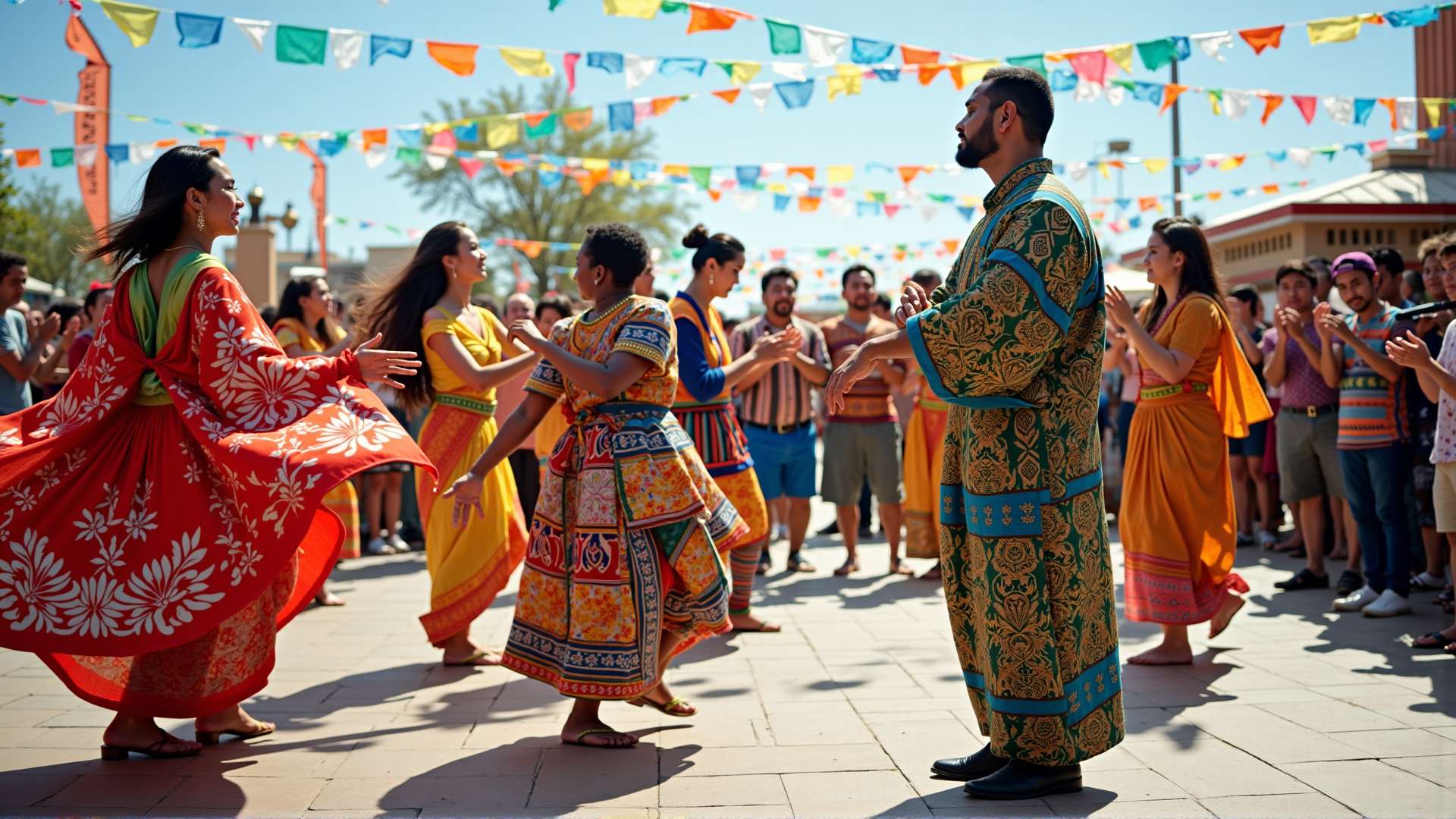In every corner of the globe, cultural festivals are vibrant celebrations that offer an extraordinary tapestry of traditions, music, dance, and art. These festivals not only provide a peek into the unique cultural heritage of various communities but also invite attendees to join in the revelry and embrace a global sense of unity and joy. Let's journey through some of the most captivating cultural festivals worldwide that showcase the diversity and richness of human expression.
One of the most renowned festivals is Brazil's Carnaval, a celebration that transforms the entire country into a massive party. Chief among the celebrations is the city of Rio de Janeiro, where samba schools compete in elaborately themed parades that showcase dazzling costumes, energetic music, and rhythmic dances. This festival is deeply rooted in the nation’s Portuguese and African heritage, symbolizing a rich blend of influences that have shaped Brazilian culture over centuries.
Halfway across the world, in India, Holi enlivens the streets with a riot of colors. Celebrated to mark the arrival of spring and the victory of good over evil, people playfully drench each other with vibrant powders and water. The festival is a joyful spectacle of unity and reconciliation as distinctions of caste, age, and status dissolve in the kaleidoscope of colors. Alongside the playful celebration, traditional music and dance complement the sense of exuberance that Holi inspires.
In Japan, the cherry blossom festival, known as Hanami, captures the delicate beauty of nature. With the blooming of cherry blossoms, or sakura, parks across Japan become social hubs where family and friends gather for picnics underneath the ephemeral blossoms. The floating petals are a reminder of the transience of human life, a theme deeply entrenched in Japanese philosophy and art. Hanami is an experience that marries serenity with celebration, drawing visitors from all around the world.
Closer to the winter solstice, Sweden's Saint Lucia Festival brings light to the darkest days of the year. Celebrated on December 13th, it honors the story of Saint Lucia, a symbol of hope and light. Processions of children, adorned in white robes and bearing candles, sing traditional songs in schools and churches. The festival’s emphasis on light during darkness reflects a powerful message of resilience and hope—a message recognized and celebrated in communities throughout Sweden.
Back in Africa, the Festival of the Desert in Mali is a captivating celebration of Tuareg culture and music. Set against the stunning backdrop of the Sahara Desert, it attracts music lovers and artists from around the world. The festival is a powerful showcase of traditional Tuareg music, folklore, and social gatherings that highlight the nomadic culture of the Sahel region. Despite challenges over the years, the festival remains a testament to the enduring spirit and rich cultural traditions of the Tuareg people.
Our tour of cultural festivals would be incomplete without mentioning Spain's La Tomatina. Held annually in the town of Buñol, this quirky festival involves thousands of participants engaging in the world's largest food fight using ripe tomatoes. What began as a spontaneous act during a parade in the mid-20th century has evolved into an internationally recognized event that celebrates the playful, and often messy, side of human nature.
These festivals are much more than mere celebrations; they are powerful expressions of cultural identity and reflection of human creativity and vibrancy. They remind us of the diverse ways in which people honor their heritage, connect with one another, and find joy in shared traditions. Participating in these festivals promises a transformative experience that not only broadens our understanding of global cultures but also invites us to revel in the beauty of human diversity. Whether through color, music, dance, or even tomatoes, these festivals weave a rich tapestry of global unity, offering a glimpse into the soul of humanity.
